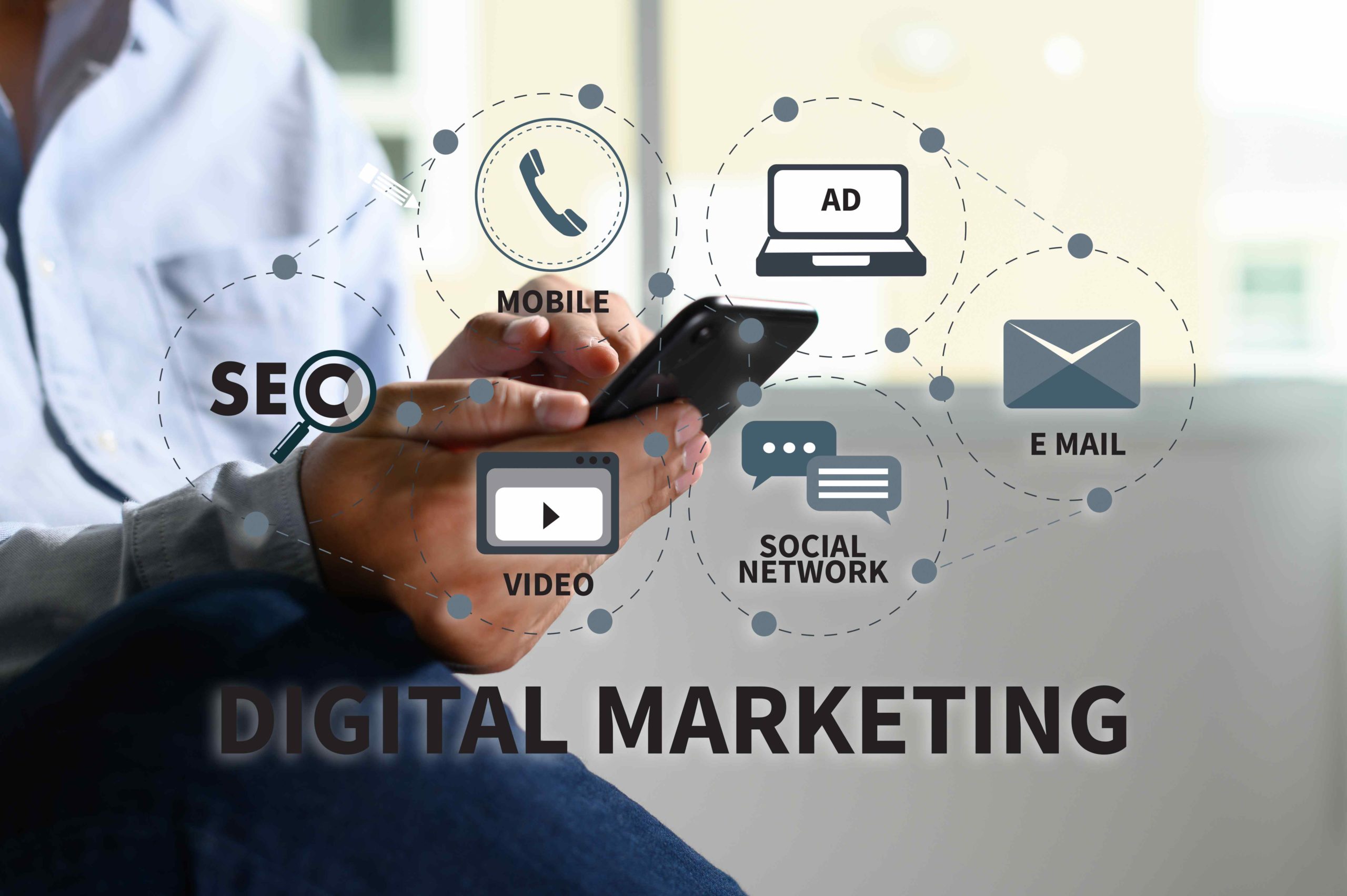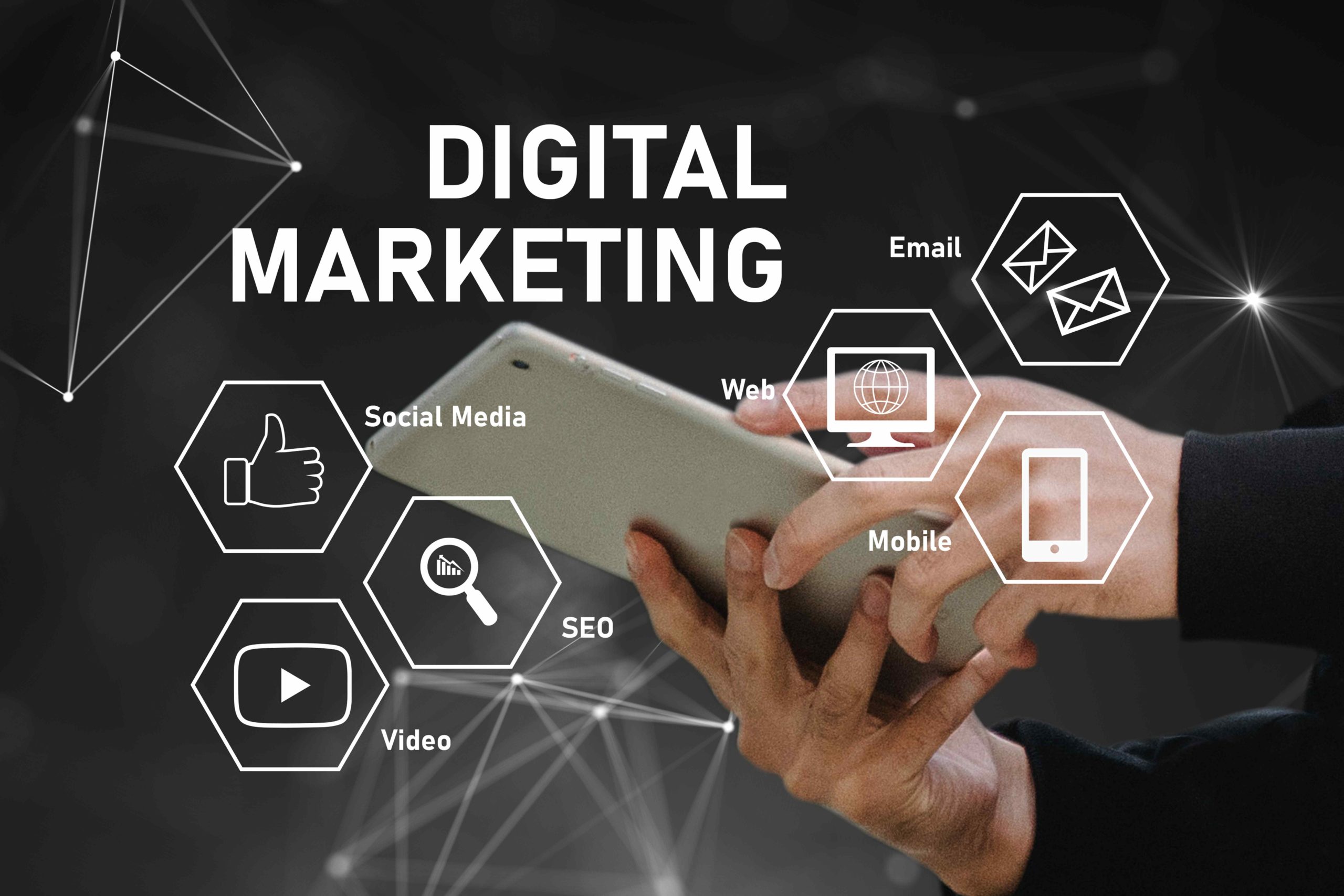
What’s the Series All About Then?
In the chapter below, you’ll find an introduction to Mobile Marketing, but this series is about so much more. Before you delve into chapter 1, here’s a break down of what’s coming your way over the next few months:
- History of Mobile & Facts and Figures – An Introduction
- Pros and Cons of Mobile Marketing
- Mobile Protocols: GSM technologies, 3G, EDGE, GPRS, WiFi, SMS, USSD
- Mobile Technologies: Smart Phone vs. Feature Phone vs. Basic Phone
- Mobile Technologies: SMS, MMS, USSD & Bluetooth/Wireless/Infrared
- Mobile Technologies: Mobile Applications
- Mobile Websites (Mobisites), Mobile Web Standards & Mobile Search
- Reaching a Mobile Audience
- Mobile Social Networking & Gaming
- The Mobile Wallet
- iPhones & Smart Phones
- Planning a Mobile Campaign
- Bigger Picture: Mobile Integration
- And loads of case studies in between
Mobile Marketing involves communicating with the consumer via cellular (or mobile) device, either to send a simple marketing message, to introduce them to a new audience participation-based campaign or to allow them to visit a mobile website.
Some of the tools of the trade and a few of the concepts that will be featured in this Mobile Marketing 101 series are:
- Multimedia Messaging Services (MMS)
- Unstructured Supplementary Service Data (USSD)
- Bluetooth, Wireless and Infrared
- Mobile Internet and Social Media
- Mobile Applications
Mobile connectivity not only enables people to connect to the Internet via a cellular telephone, PDA or other gadget, but also consolidates the different communication channels in a simple, yet effective, medium.
Cheaper than traditional means for both the consumer and the marketer – and easy enough for almost any age group to understand and engage with – Mobile Marketing really is a streamlined version of traditional eMarketing.
Facts and Figures
Let’s look at some interesting Mobile Marketing statistics:
Even in the US, SMS technology was not widely used until only a few years ago – but in June 2008, CellSigns reported that over 75 billion SMS were sent each month (contrast against only 18 billion just 18 months before). It was most likely Idol’s SMS voting system that got Americans texting.
Experian, a marketing services provider in the US, estimates that the number of SMS users (approximately 1.8 billion at present) is twice that of active email users. These text messages are generally read within 15 minutes and responded to within the hour – compared to email communication which could go unread for days.
Experian, The Standard, MarketTree and Cellnumbers.com relay the following statistics about international mobile users:
- 30 countries exceeded the 100% mobile device to population ratio.
- However, only 80% of the population of the US were mobile users.
- 60% of the world’s population (4.1 billion) are mobile subscribers.
- China has over 400 million subscribers.
- There are over 50 million subscribers in Indonesia.
- In 2006, there were 241 million mobile users in the US alone (and 332,156 million people in North America).
- 98% of all handsets in the US have SMS capabilities.
- 68.7 million US citizens use SMS and text services.
- Although a relatively new service to the US, over 300 billion SMS messages were sent in 2007 in the US alone.
- South Africa is 6th on the world’s top 10 for mobile Internet connectivity Top 10 (which can probably be contributed to the lack of traditional, desktop based Internet connectivity).
- Over 70% of South African mobile subscribers do not own a land line connection.
- Surprisingly, South Africans over the age of 50 spend more on their mobile communication than their junior counterparts.
- Only 10% of SMS messages are spam (compared to over 65% of email).
The average American text message user in late 2008 sent 357 SMS messages per month and made or received 204 calls, compared to early 2006 where the average user sent 198 texts and made or received 198 calls.
A study of South Africa’s Mobile connectivity estimated 19 million active mobile users in 2006. As coverage increases, so does the connectivity, with 90% of all new cellular connections in the country being prepaid and top-up packages. (NOTE: South African figures are estimates only as Vodacom is the only service provider willing to release data.)
According to African Telecoms News, Nigeria, Egypt and South Africa have the fastest growing mobile markets. In most areas of East Africa, mobile phone taxes range between 25% – 30%, compared to the 17% average of the continent.
The most common mobile media content categories in use today include:
- Portals
- Weather
- News/politics
- Search
- Business/finance (especially since the recent economic downturn)
Who’s Connected?
Known as the Baby Boomers – the generation born between the 1940s and 1960s, predominantly in the US and UK – form today’s older online market. Born between the 1960s and 1980s, Generation X are more connected than their senior counterparts.
They are tech-savvy, but remember a life before the Web, unlike the younger Generation Y – today’s teens and 20-somethings – who have generally known the online world from an early age.
As you can probably imagine, the younger generation are able to recall a lot more Mobile Marketing content than Generation X and the Baby Boomers. The younger users are more in tune with Mobile Marketing due to the increased connectivity and a general interest in market related news.
Nielsen Mobile reported in mid-2008, that 51% of US mobile users responded to some or other form of mobile advertising</strong>; while Jeff Herrmann went on to say that “only 10% of data users said they find mobile advertising acceptable”.
Further Discussion Points
-
- How does your audience connect to the Internet?
- How can you contact those without mobile Internet connectivity?
- Which mobile medium does your target audience communicate with its peers (SMS, voice, mobile social networks)?
- How can you use mobile content such as video or games to spread your message?
How can you make your marketing/advertising campaign engaging for the user (and avoid it being spam-like)?
What’s Up Next?
Mobile 101: Chapter 2
Pros and Cons of Mobile Marketing
download Pdf
Other Articles in the Mobile Marketing 101 series:
Return to Mobile Marketing 101 Articles Page









